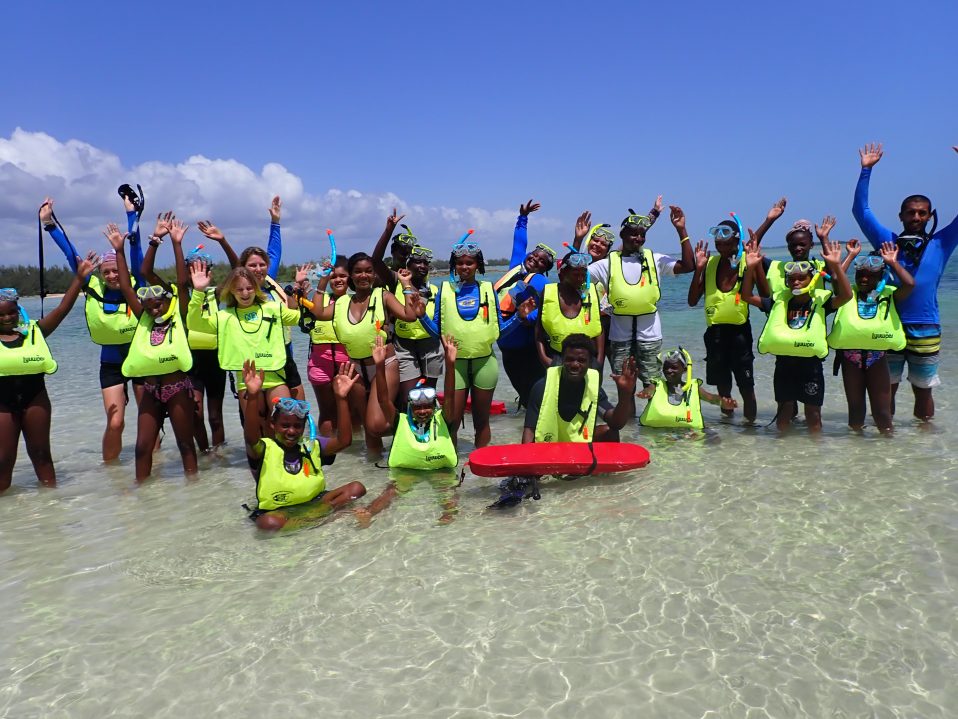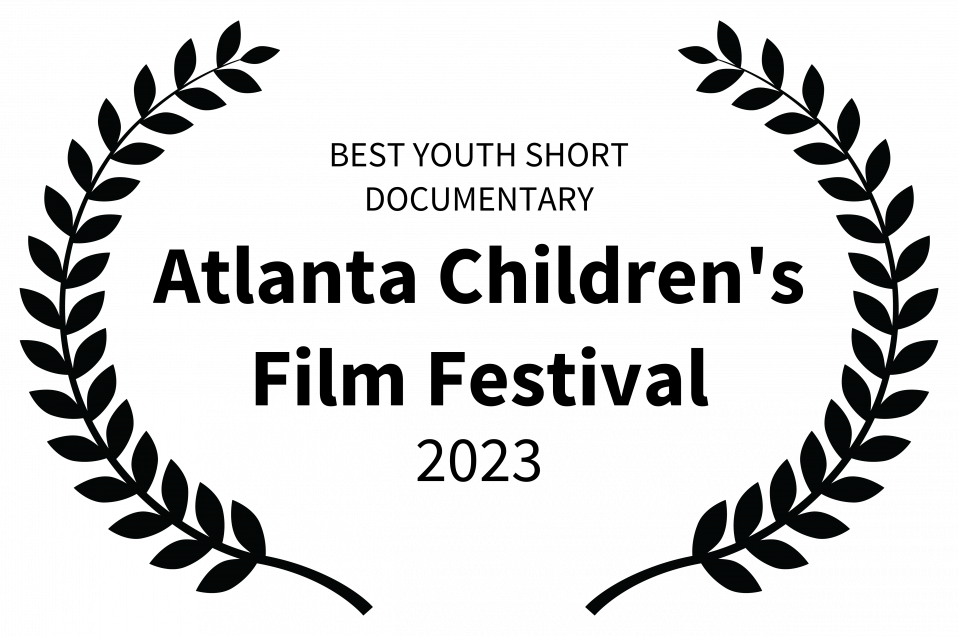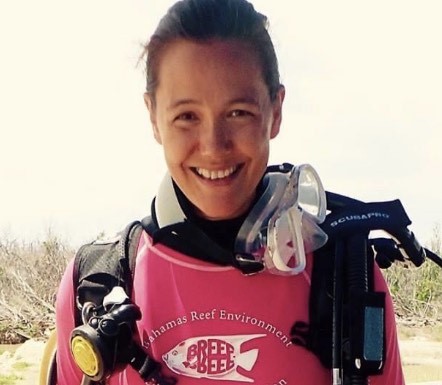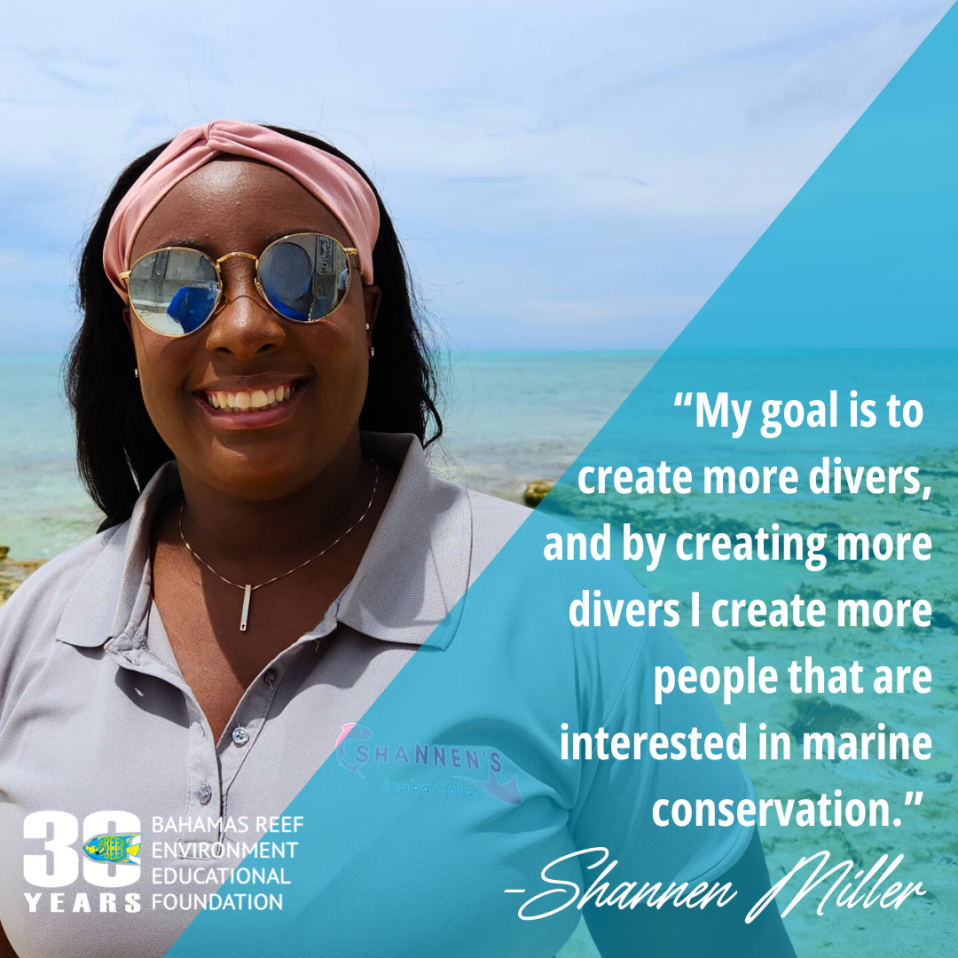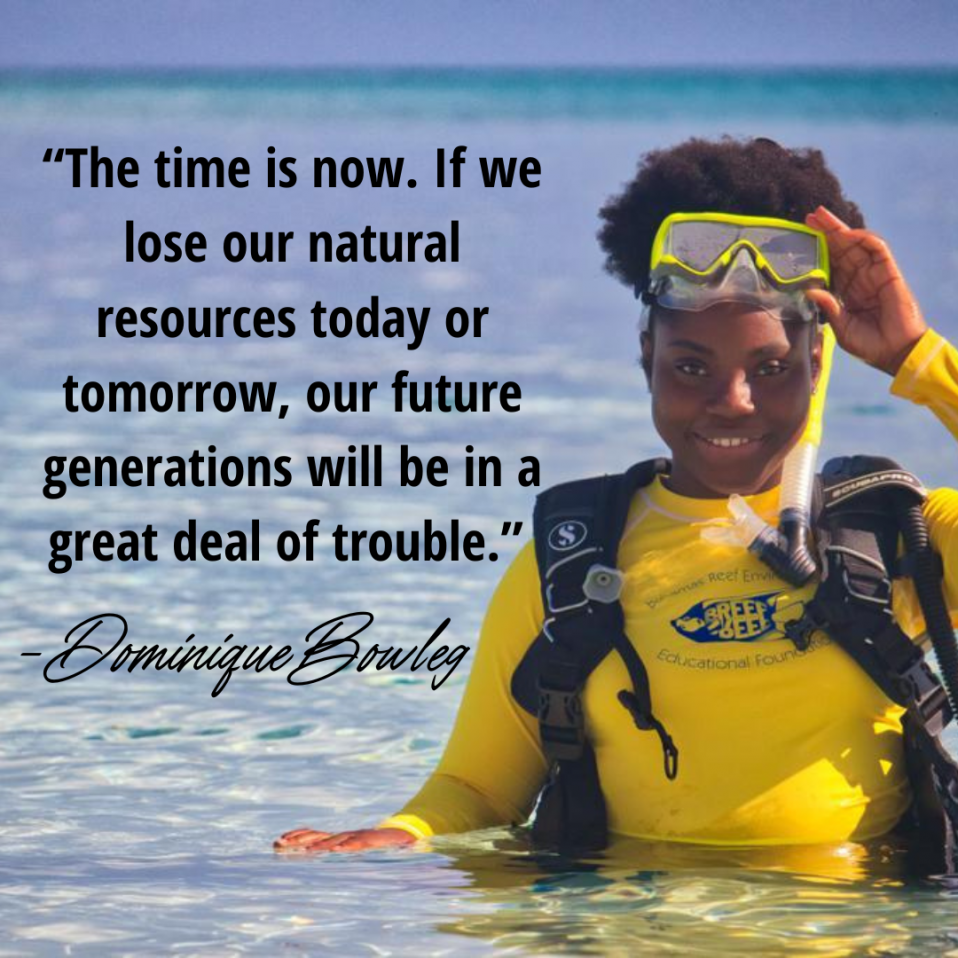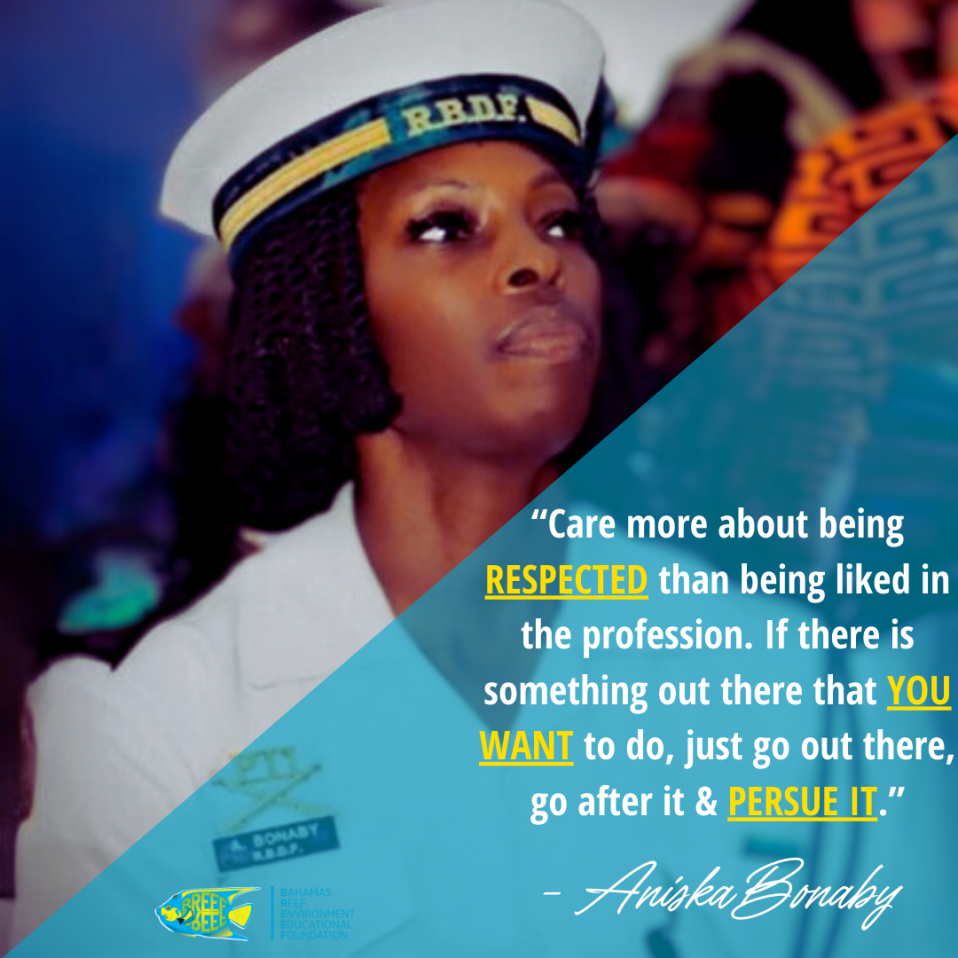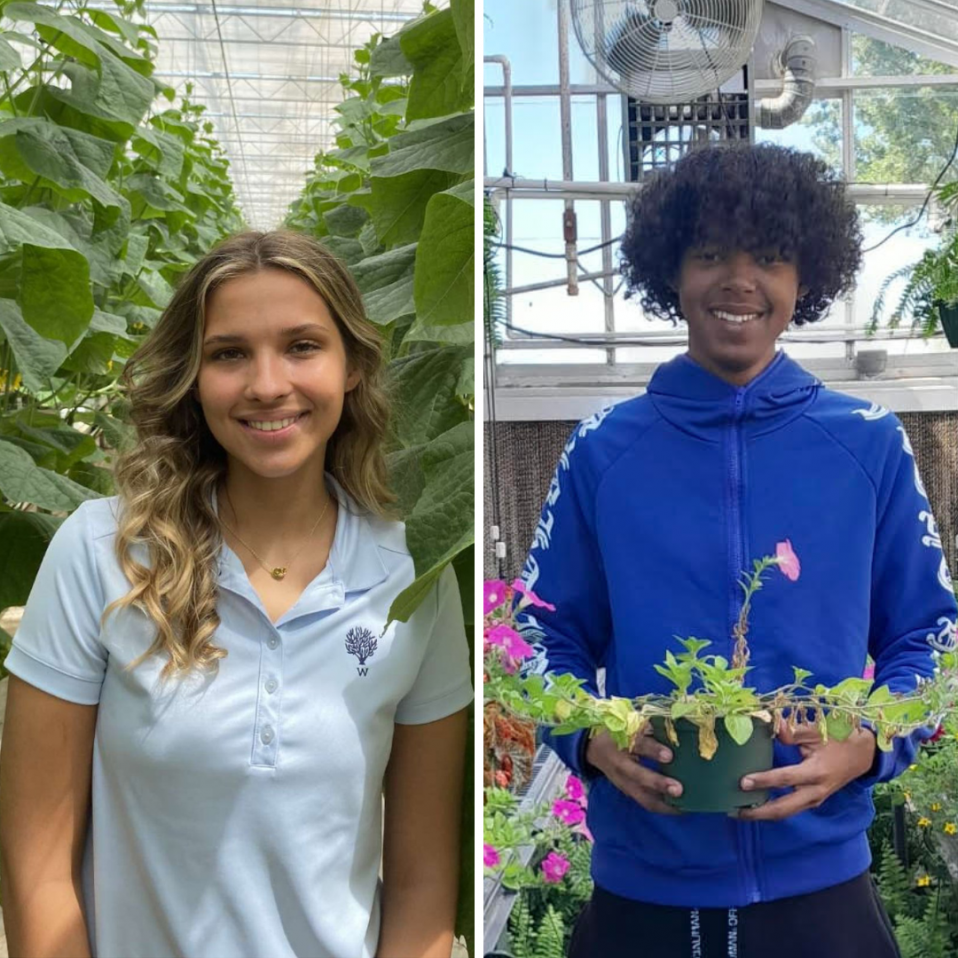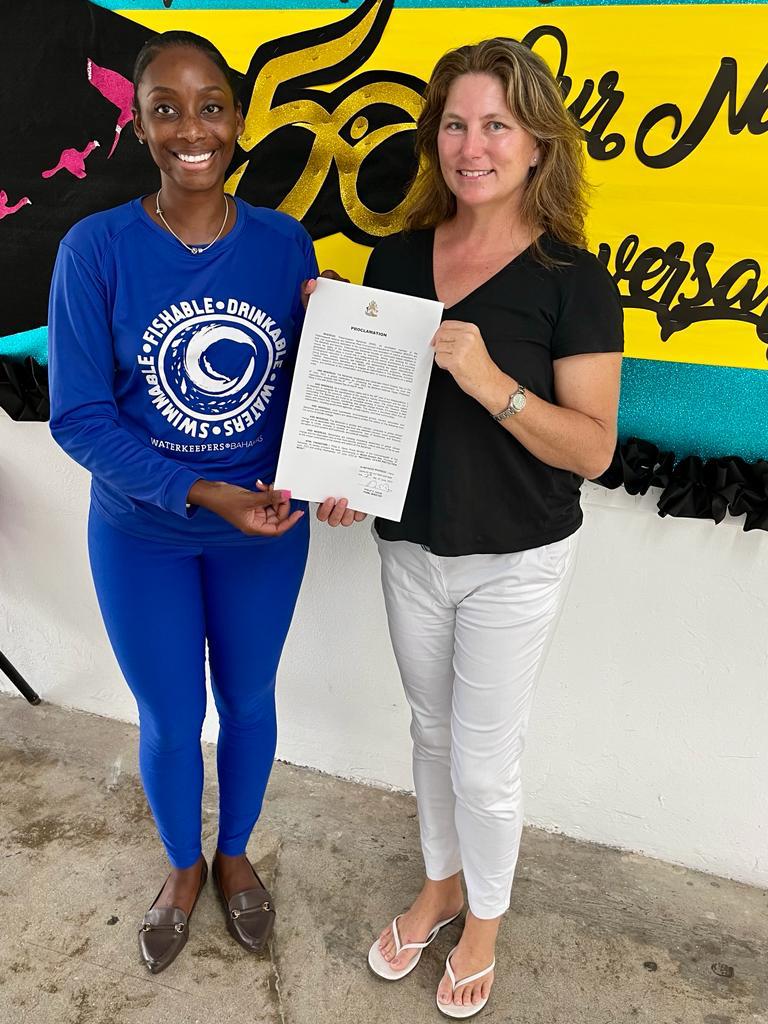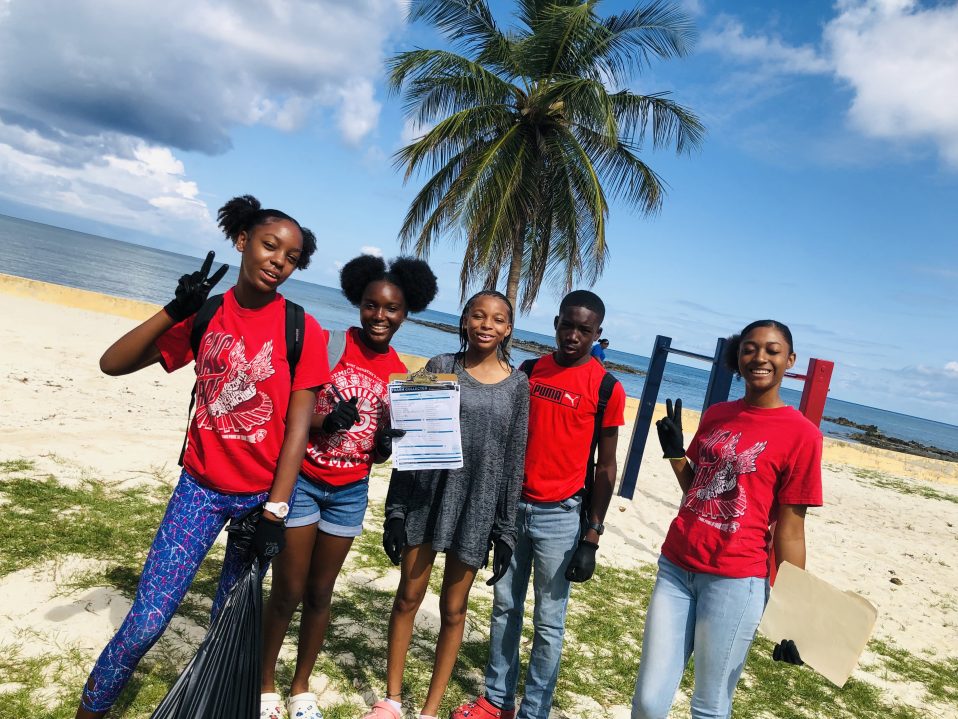BREEF held a successful 2023 Sea Camp in Andros. Twenty-two students aged 8-14 years from North Andros participated in the annual Kamalame Cay Sea Camp where they engaged in an immersive outdoor learning experience.

Sea Camp is an empowering, educational event in which students embrace the natural environment while having fun. The outdoor classroom is used as a teaching tool, helping students to understand the value of protecting and caring for the ocean.
Attendees had a chance to understand the critical roles that mangroves and coral reefs play in the Bahamian environment- especially for fisheries, tourism and shoreline protection. Enlightening presentations aboutlocal sea creatures were followed by snorkels and boat expeditions where students were able to identify the marine areas and organisms they learned about during presentations. They also learned about threats facing our marine environment including warming waters that especially affect our fragile Bahamian coral reefs.
A key component of Sea Camp is teaching children practical water skills that inspire them to be environmental stewards. BREEF and Kamalame staff along with volunteers showed students how to maneuver in the outdoor environment as they snorkeled through mangroves and around corals while learning about the value of the underwater world around them.
Camper Dwayne Munnings age 10, shared his thoughts about the hands-on educational excursions students participated in.
“I had a lot of fun learning about the mangroves and fish; and I found lots of interesting things in the ocean,” he said.
Another camper, Stevenique Johnson, age 10, said that she enjoyed snorkeling with others and learning about new types of fish she had never seen before.
“When we went into the mangroves I didn’t know there were so many fish that live there, I found a lot of interesting things that my teacher told me all about,” she said.
Leading camp activities, BREEF Outreach Assistant, Heather Brockbank said her goal was to ensure that students get the opportunity to interact with our marine environment.
“We really like to engage kids from other islands, we want them to snorkel and see what’s under the water and feel comfortable while they are doing it.”
Brockbank continued, “If young people are exposed to the environment they will care more about it and spread the word, not only to their parents but to the community, and use that opportunity to make a difference for the future.”
.
BREEF Executive Director, Casuarina McKinney-Lambert noted “95% of the territory of The Bahamas is underwater. There is such a tremendous opportunity to use the underwater world as a living classroom and expose children to career opportunities connected with the ocean.”
BREEF extends their gratitude to Kamalame Cay who hosted camp, and to all of the BREEF volunteers who assisted during the duration of the camp.

To learn more about how you can get involved in BREEF’s marine education programmes,
please visit www.breef.org.


